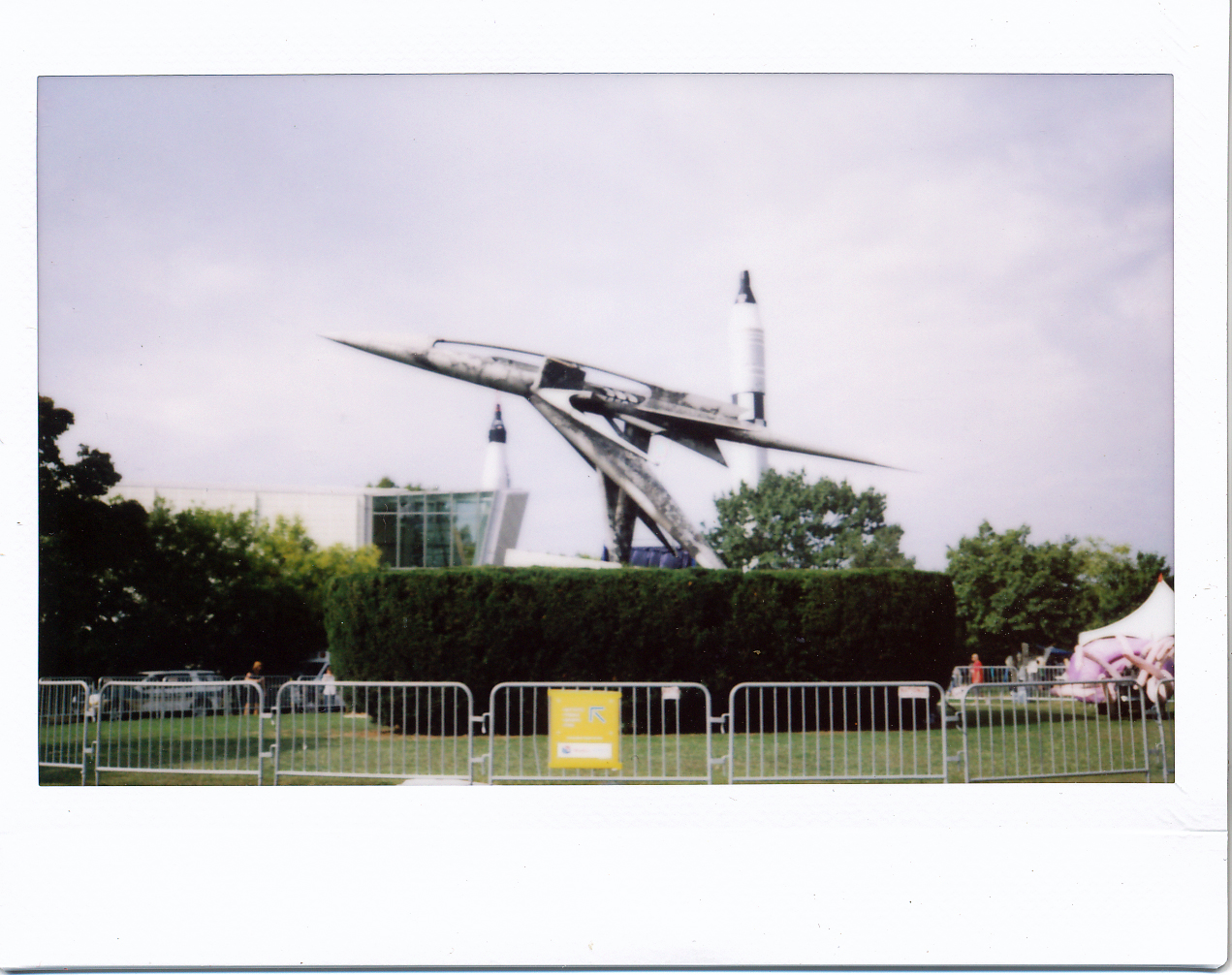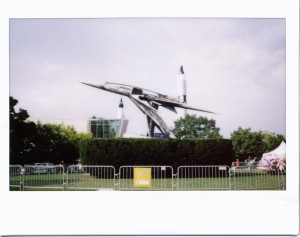
This past weekend, I attended Maker Faire in New York City. For those who don’t know, Maker Faire is an event begun by Make Magazine. This year was the first time it came to New York City (or anywhere on the east coast for that matter). Though not strictly prop-related, it has a lot of overlapping areas of interest to the props community, and a lot of props people are interested in a lot of things here. Imagine if a science fair and a craft fair had a baby and it went to Burning Man for an episode of Mythbusters.
The New York Hall of Science and Flushing Meadows Park could not be a more ideal setting for this Faire. There is a retro-futuristic rocket sculpture in the center, and off to the side is a Gemini Titan II rocket and a Mercury-Atlas D Rocket; two of the rockets that first shot Americans into space.
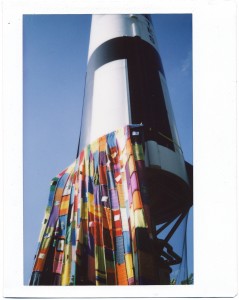
Outside were several very dangerous looking carnival rides set up by a Brooklyn art collective called the Madagascar Institute. They had also set up the World’s Largest Mousetrap, a reference to the classic kid’s board game, not an actual mousetrap.
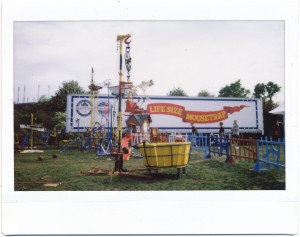
Later in the day, they hosted a chariot race, featuring all sorts of home made vehicles racing around the Rocket Sculpture in a truly dangerous and hilarious spectacle.
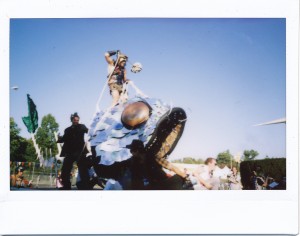
The Faire had a few tents devoted to fabrication technologies. In the first were the familiar commercial brands, such as ShopBot CNC machines, Epilog laser cutters and engravers, and a slew of similar devices. Another tent was set up with MakerBots, RepRaps, Fabbers and the like. These are 3d printers designed to be made-yourself. Some, like the MakerBot, can be purchased as a complete kit which you assemble, while others, like the Fabber, you can build solely through blueprints and instructions available online. Most of them have various intermediate possibilities, where you can purchase the electronic parts as a kit but construct the physical parts yourself, or vice versa. The common thread between them is that they are based on an open-source community, where individuals make modifications or improvements and tell everyone else in the community how they did it. None of the technology that goes into them is secret or hidden.
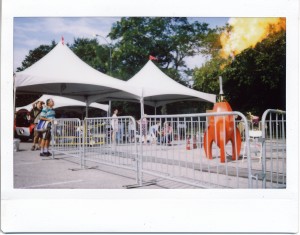
The Faire offered a number of events, talks and demonstrations. I attended one called “Turning Pro: Becoming a Professional Maker” presented by the husband and wife team of Because We Can. They talked about the lessons they learned and mistakes they made in their journey from full-time jobs to running their own design and fabrication shop for interiors and events. It was very interesting; like many other prop-makers, I frequently do outside projects, and occasionally consider breaking away and making that my full-time job (especially during meetings or tech!) Their talk was based on an article they wrote called “Venturing Out…” if you’re interested in hearing what they had to say but couldn’t make it.
I watched the Fashion Show by Diana Eng. For you Project Runway fans out there, you may remember her from season 2. Since then, she’s remained busy in the fashion design world, incorporating all sorts of technology into her pieces. I wanted to see some of these in person, so I figured I’d check it out. A lot of other people had the same idea, as the line to get in was very long. Still, it was interesting to see clothes with LEDS and other lights, inflatable dresses, and 3D printed fabrics.
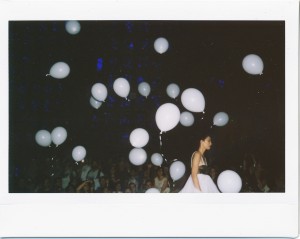
One of the things which surprised me was how many children were there. I follow Make Magazine and a lot of the community online, and just kind of assumed the attendees would be the same set of people. It wasn’t a bad surprise; it was actually very heartening to see kids who were even more excited and knowledgeable about these things than I am. If Maker Faire was around when I was a kid, I would probably be a bigger (and better) nerd than I am now. One might not think kids should be in the same space as anarchic arts collectives like the Madagascar Institute, but then again, this is New York City; if parents have their kids pose with topless mermaids for pictures at Coney Island’s Mermaid Parade, than seeing guys wearing nothing but gold lamé short-shorts is downright pedestrian.
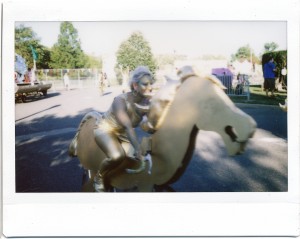
At the end of the day, I attended a talk by Mark Frauenfelder, founder of Boing Boing, editor of Make Magazine and author of Made by Hand: Searching for Meaning in a Throwaway World. He talked about his book, which describes his efforts to take a more DIY approach to his life rather than just buying a solution. It’s a great inspiration to props people (I’ll be doing a full review at some point in the future). At the end, I introduced myself and got my copy of the book signed. It was a nice way to end a long and tiring, but insightful and inspiring day.
So if you’re into props, I highly recommend you check out the next Maker Faire that comes near you. Outside of USITT and SETC, it’s one of the most relevant get-togethers for us, and certainly one of the most fun.

